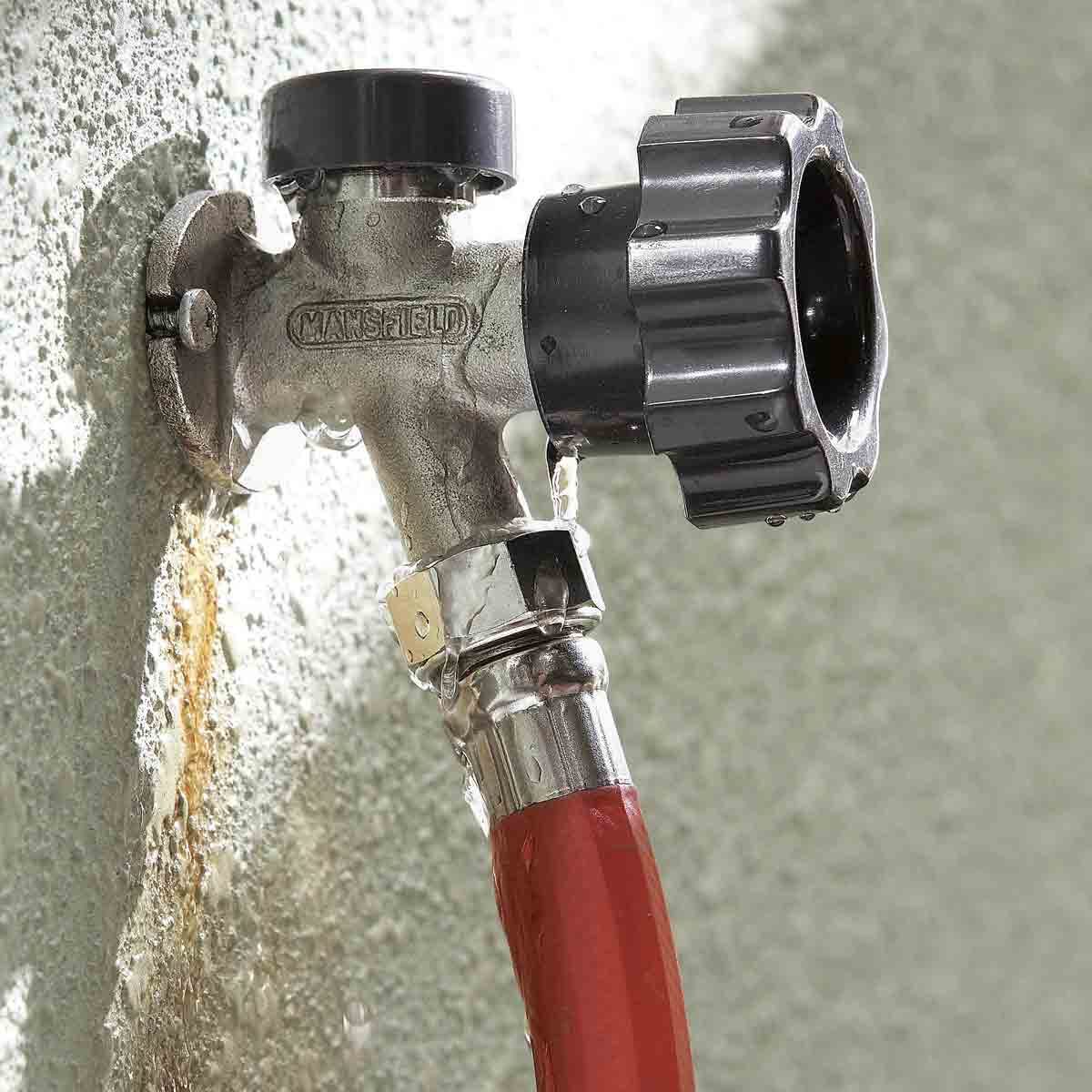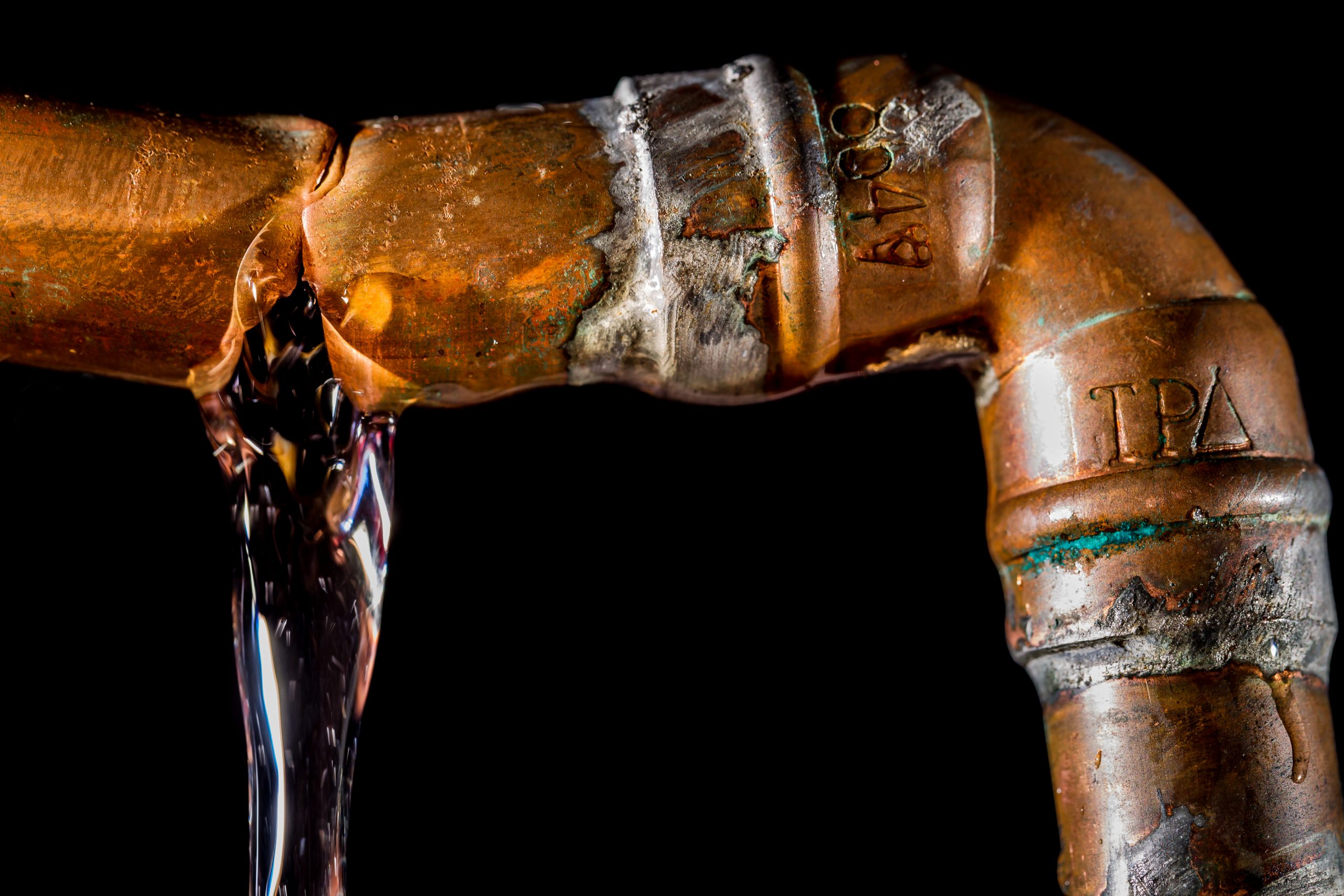Presented here below you will discover a bunch of outstanding data all about How to Prevent Frozen Pipes.

All home owners that reside in temperate climates must do their ideal to winterize their pipes. It is something you must do throughout fall prior to deep winter season really starts. Failure to do so can spell calamity like icy, fractured, or burst pipes. Here are some handy winterizing hacks to maintain your plumbing system safeguarded even if the climate outside is terrible.
Attempt a Hair Clothes Dryer or Warm Gun
When your pipelines are virtually freezing, your dependable hair clothes dryer or warmth weapon is a godsend. If the hot towels do not help remove any type of clearing up ice in your pipes, bowling hot air directly right into them might help. Nevertheless, do not make use of other items that produce direct flames like a strike lantern. This can lead to a bigger calamity that you can not regulate. You might wind up harmful your pipes while trying to melt the ice. As well as over time, you may even end up burning your home. So be cautious!
Open Cupboard Doors Hiding Plumbing
When it's cold outside, it would certainly be handy to open up closet doors that are masking your pipelines. Doing this tiny technique can keep your pipelines warm and also restrict the possibly dangerous outcomes of freezing temperature levels.
Take Time to Wrap Exposed Pipes
One easy and cool hack to heat up cold pipelines is to cover them with cozy towels. You can cover them initially with towels. After safeguarding them in place, you can pour boiling water on the towels. Do it slowly to allow the towels soak up the fluid. You can additionally utilize pre-soaked towels in hot water, simply do not neglect to use protective gloves to safeguard your hands from the warmth.
Turn On the Faucets
When the temperature level declines and also it seems as if the cold temperature level will last, it will certainly assist to activate your water both inside as well as outdoors. This will maintain the water flowing with your plumbing systems. Additionally, the activity will reduce the freezing procedure. Notably, there's no requirement to transform it on full blast. You'll wind up wasting gallons of water in this manner. Instead, aim for regarding 5 declines per minute.
When Pipelines are Frozen, close Off Water
Switch off the primary water valve instantly if you discover that your pipes are entirely frozen or almost nearing that phase. You will generally find this in your cellar or utility room near the heating unit or the front wall closest to the street. Transform it off today to prevent additional damages.
With more water, more ice will load up, which will at some point lead to rupture pipes. If you are unsure concerning the state of your pipelines this wintertime, it is best to call an expert plumber for an inspection.
All homeowners that live in warm environments need to do their finest to winterize their pipes. Failing to do so can mean disaster like icy, split, or burst pipelines. If the hot towels do not help remove any resolving ice in your pipes, bowling warm air directly into them may assist. Transform off the major water shutoff promptly if you notice that your pipelines are totally frozen or practically nearing that phase. With more water, even more ice will load up, which will at some point lead to burst pipes.
PREVENT YOUR PIPES FROM FREEZING THIS WINTER
A Leading Cause of Property Damage
When the weather is taking a deep nose dive into the cold dreary days, the risk of your pipes freezing and potentially bursting skyrockets. Unfortunately, during these cold dreary months, burst pipes are the most common denominator for property damage. The pipes that are most at the risk are those that are in areas where it is most cold in your home. For instance, pipes located in interior places such as basements, attics, and your garage. Unfortunately, that doesn’t mean that the pipes running through your cabinets or exterior walls can’t freeze. Good news, however, is that you can do things to help prevent pipes from freezing.
How to Prevent Pipes From Freezing
Once the temperature starts to drop during the winter, you should be taking the proper measures needed to ensure that your pipes stay warm and that there is circulation of water through them. Some steps that experts may recommend could go against your better judgement when it comes to saving water and heat. However, it would go without saying that when expenses are compared, damaged pipes could put a bigger dent in your wallet than a water bill.
What Can I Do?
- Keep your garage door closed. This is very important, especially if you have water supply lines running through your garage.
- Open your kitchen and bathroom cabinets to allow warm air to circulate through them.
- Allow air circulation throughout your home. Keeping the interior doors open will once again allow the warm air to circulate inside your home.
- Ensure your thermostat is running the same temperature throughout the night and day.
- If you plan to be away from home during the cold months, set your temperature no lower than 55° F. This should provide enough heat to keep the pipes warm and prevent any remaining water inside the pipes from freezing.
- For more of a long-term solution, add insulation to attics, basement, and other crawl spaces around your home.
- By allowing your faucet to drip, it will alleviate pressure in the system. This is important because the pressure that is created between the blockage and the faucet can potentially cause the pipes to burst. Allowing the faucet to drip will prevent the pressure from building up, therefore keeping the pipes from bursting.
- Seal any cracks, openings, and crawl spaces around your home to prevent cold air from coming inside. This keeps your pipes-not to mention your home-warmer and less susceptible to issues caused by freezing temperatures.
- For the pipes in your home that are easily accessible, applying electrical tape to them might prevent them from freezing over. This is a quick fix, as you can apply the tape directly to the pipe. There are two options for heating tapes. One turns on and off by itself when it senses heat is needed. The other type of heating tape needs to be applied when heat is needed and removed when not necessary. If you have exposed pipes in your home, you can check this website to take a look at a few options that would be available at a shop near you.

I'm very interested in How to stop pipes from freezing during the winter and I hope you enjoyed the piece. Sharing is caring. Helping people is fun. Thanks a lot for your time spent reading it.
About This
Comments on “Five Essential Hacks for Winterizing Your Pipes Against Frigid Temperatures”